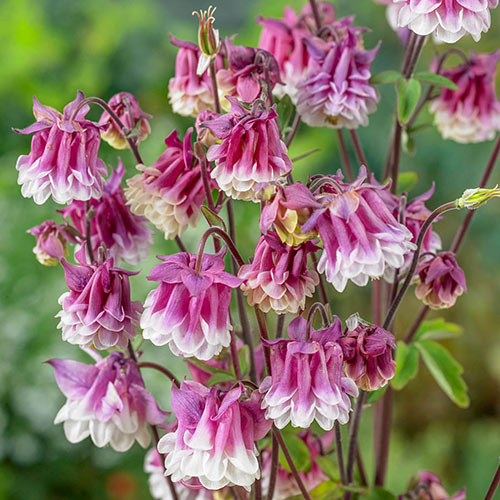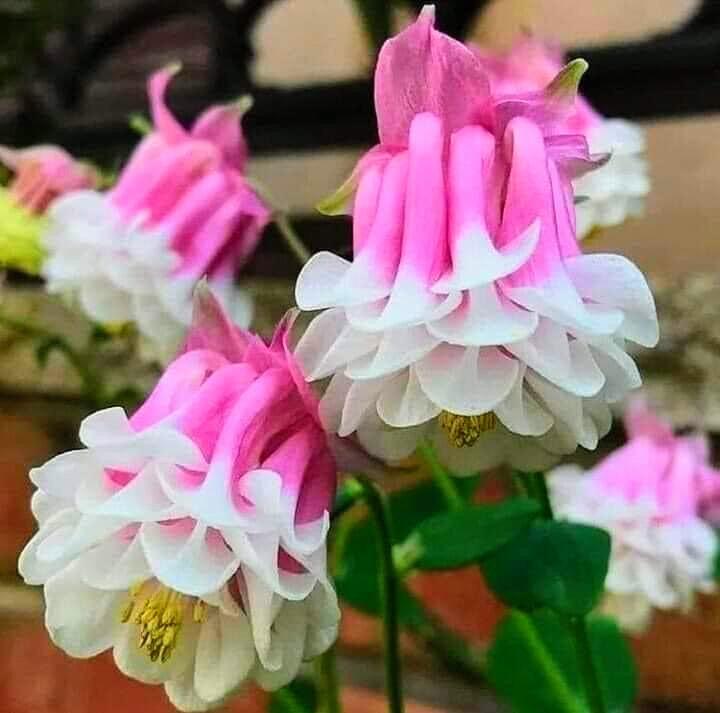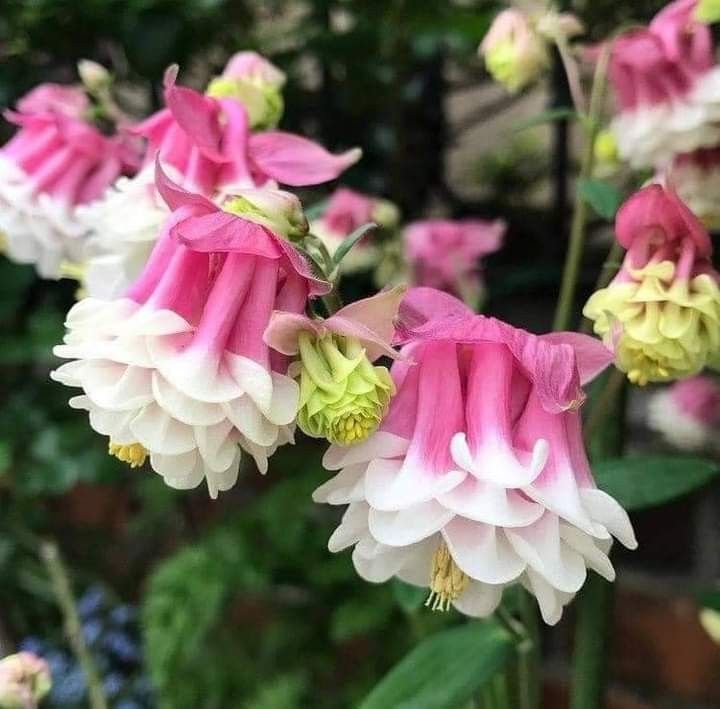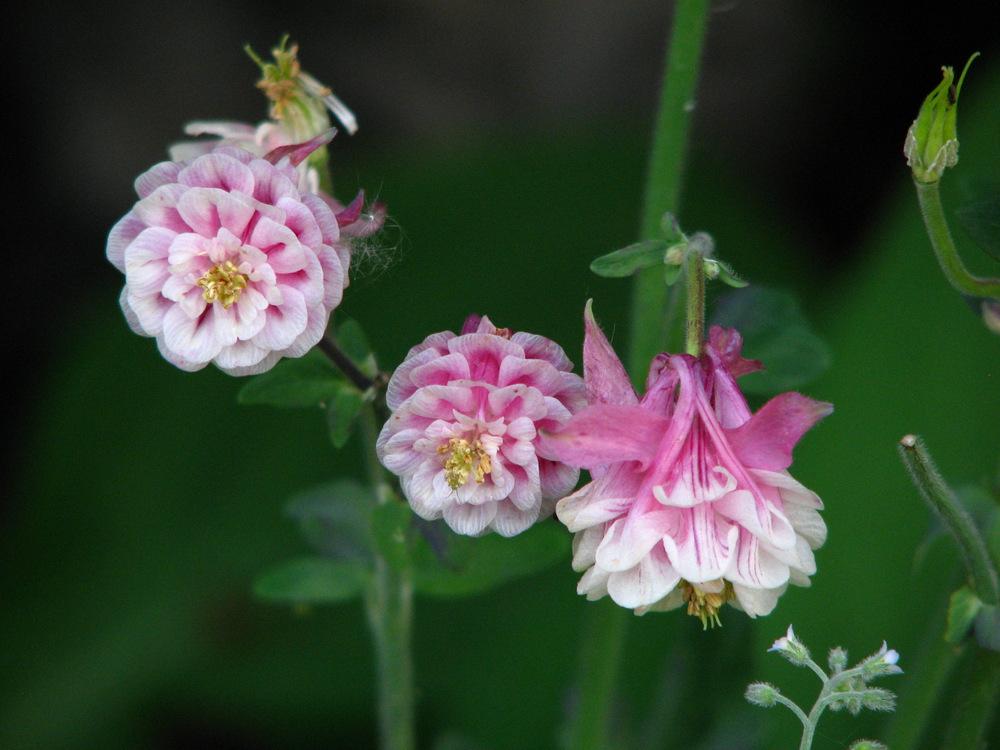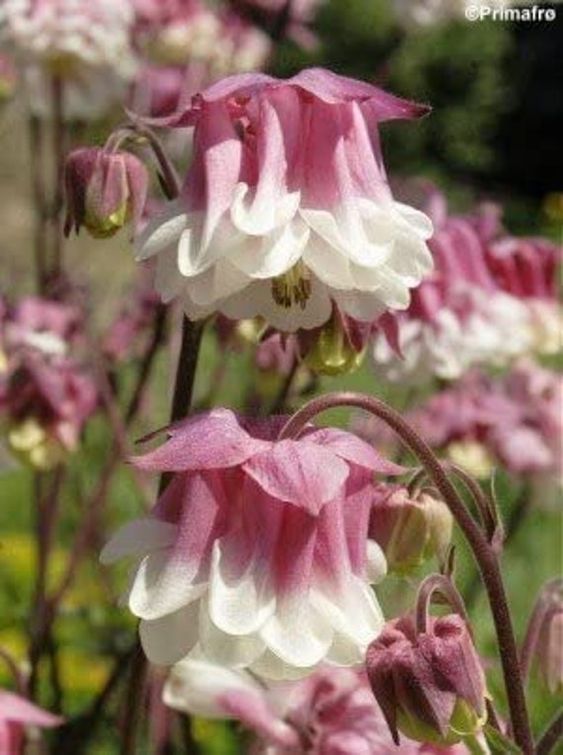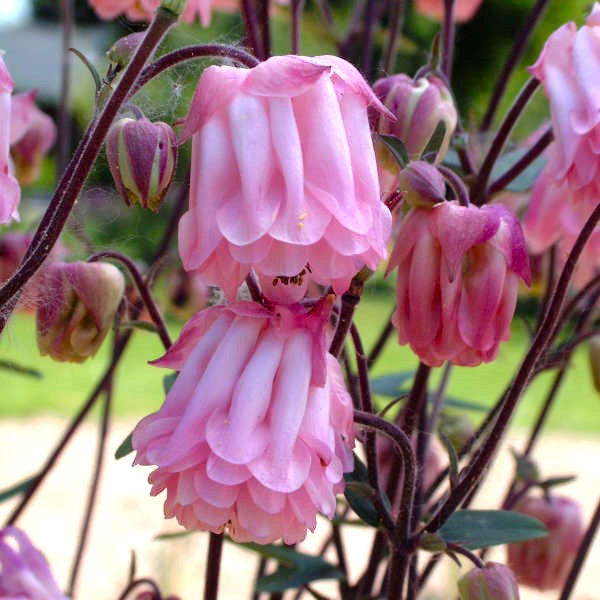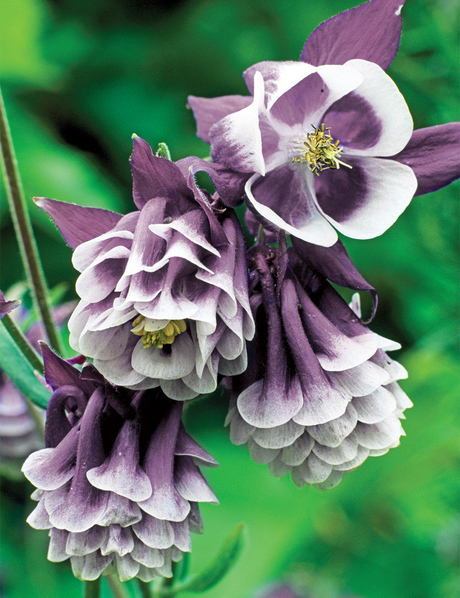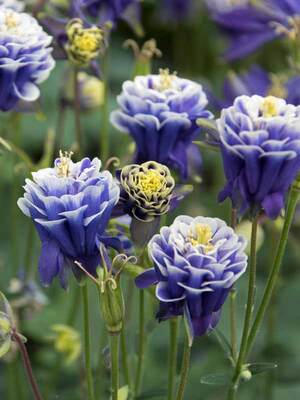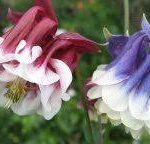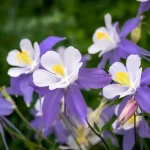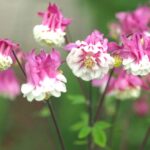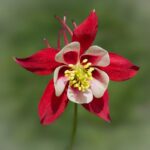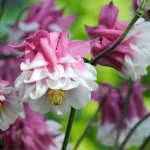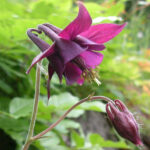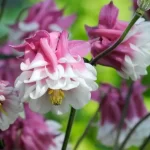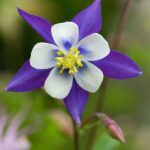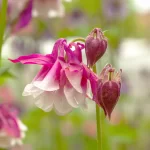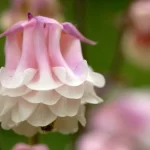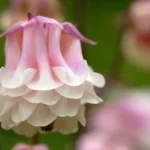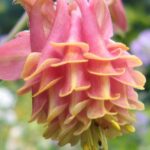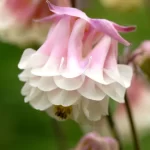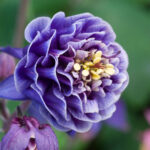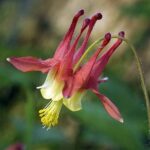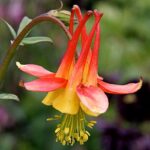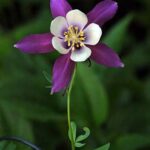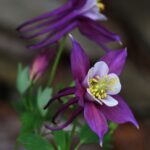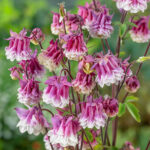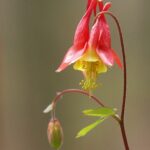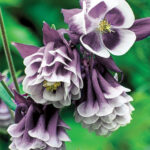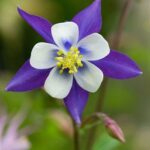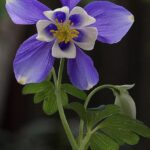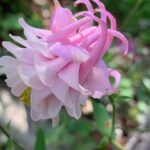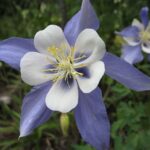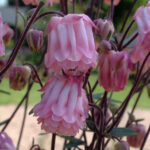Columbine is a short-lived perennial with airy foliage and colorful flowers that are said to resemble fool’s hats. Columbine grows best in full sun and cooler conditions, but the plant does not tolerate excessive heat and begins to decline in summer. The plant prefers soil with medium moisture but well-drained soil. Columbine is poisonous to humans.
Columbine Care
Here are the main care requirements for growing columbine.
Plant only in cooler regions in partial shade or full sun.
Place the columbine in early spring in humus-rich, well-drained soil and avoid clay.
For young plants, keep the soil moist (not waterlogged) at all times and water them once a week once they are established.
Fertilize the plants once a month during the growing season.
Light
It is recommended to grow columbine in partial shade. These plants do not tolerate hot, full sun well. However, in cooler climates and on cool spring days, the plants can tolerate full sun. After flowering and while replenishing its energy reserves, the columbine is happy about some shade in the summer heat.
Floor
Grow columbine plants in well-drained, humus-rich soil with a neutral to slightly acidic pH. Before planting, mix some compost into the soil to provide it with rich organic material. They prefer sandy or loamy soil to clay because good drainage is crucial.
Water
Columbine requires moderate soil moisture. Therefore, water when the top 1 to 2 inches of soil dries out. As young plants become established, keep the soil evenly moist but never soggy. Established plants only need watering about once a week and become drought-tolerant perennials. Mulch plants to conserve water in summer and keep roots cool.
Temperature and humidity
Columbine is a perennial plant in USDA hardiness zones 3 through 8, but choose a variety that is well suited to your specific climate. The plants bloom best in cooler temperatures, but not in excessive heat.
Columbine is sensitive to high temperatures and cooler weather produces more flowers. Hot temperatures cause the plant to go dormant in the summer.
fertilizer
Use a liquid, water-soluble fertilizer once a month during the growing season (spring through fall) to promote healthy foliage and better, brighter blooms. This plant requires phosphorus for healthy root development. Fertilizer with too high a nitrogen content can affect flower production; Try 5-10-5 NPK fertilizer fortified with phosphorus.
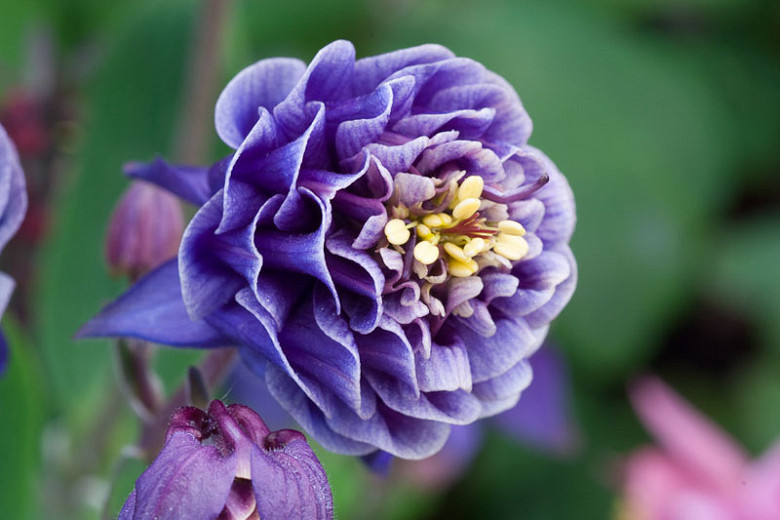
Types of Columbine
Columbine species include dwarf varieties, which grow to just 15cm tall, as well as larger varieties, such as McKana’s Giants, which grow to more than 90cm tall and have large flowers. Keep in mind that Aquilegia varieties cross-pollinate easily. If you plant more than one variety, be prepared for new colors and combinations. A small portion of Columbine varieties include:
Aquilegia flabellata ‘Nana’: This dwarf variety with light blue and white bicolor flowers grows 6 to 9 inches tall.
Aquilegia ‘Crimson Star’: Purple and white bicolor flowers with long spurs grow 24 to 30 inches tall. Blooms for four to six weeks in late spring to early summer.
Aquilegia “McKana Hybrid”: Bicolor flowers with long spurs in shades of blue and white, reds and yellows, and combinations of pink and purple grow up to 30 inches tall. This plant blooms from late spring to early summer.
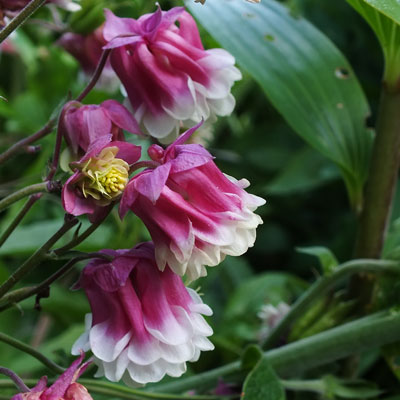
Aquilegia caerulea Rocky Mountain Columbine: This columbine has gray-green, fern-like foliage, very large white flowers with purplish-blue sepals and yellow stamens, and grows up to 24 inches tall. It blooms for four to six weeks in late spring and early summer.
Aquilegia vulgaris “Clementine Salmon-Rose”: This long-blooming variety has salmon-colored, upward-facing flowers that resemble the blooms of a double clematis and grows 14 to 16 inches tall.
Aquilegia songbird “BlueBird”: This columbine blooms with long-spurred blue and white flowers that grow up to 3 inches long. This Columbine songbird series also includes “Cardinal” (all red) and “Dove” (all white).
clipping
Cut back columbine plants to their healthy basal leaves immediately after flowering. This can result in a second growth of stems within a few weeks, allowing you to enjoy another wave of blooms later in the season. After flowering, the columbine can be cut back to about half its height to keep the plant attractive and green for the rest of the summer.
 careyfashion.com Carey Fashion
careyfashion.com Carey Fashion
